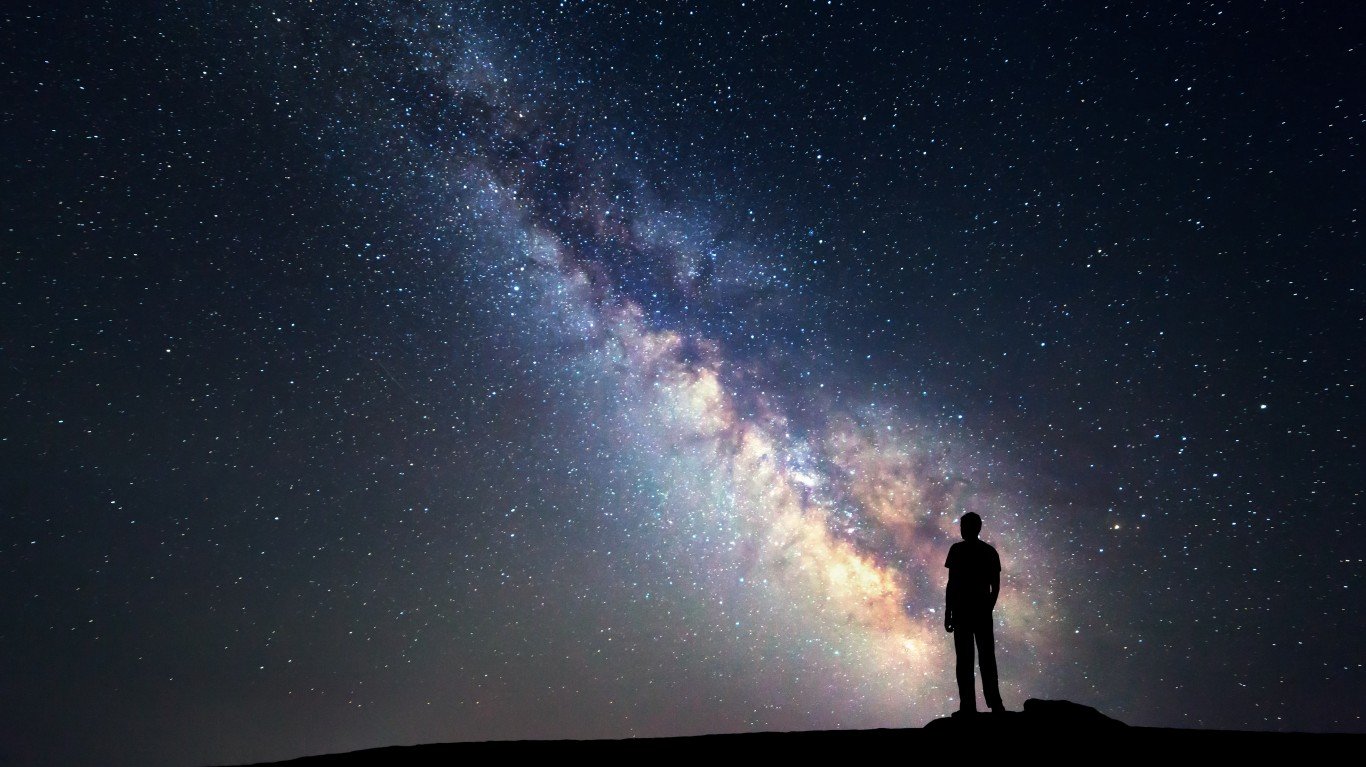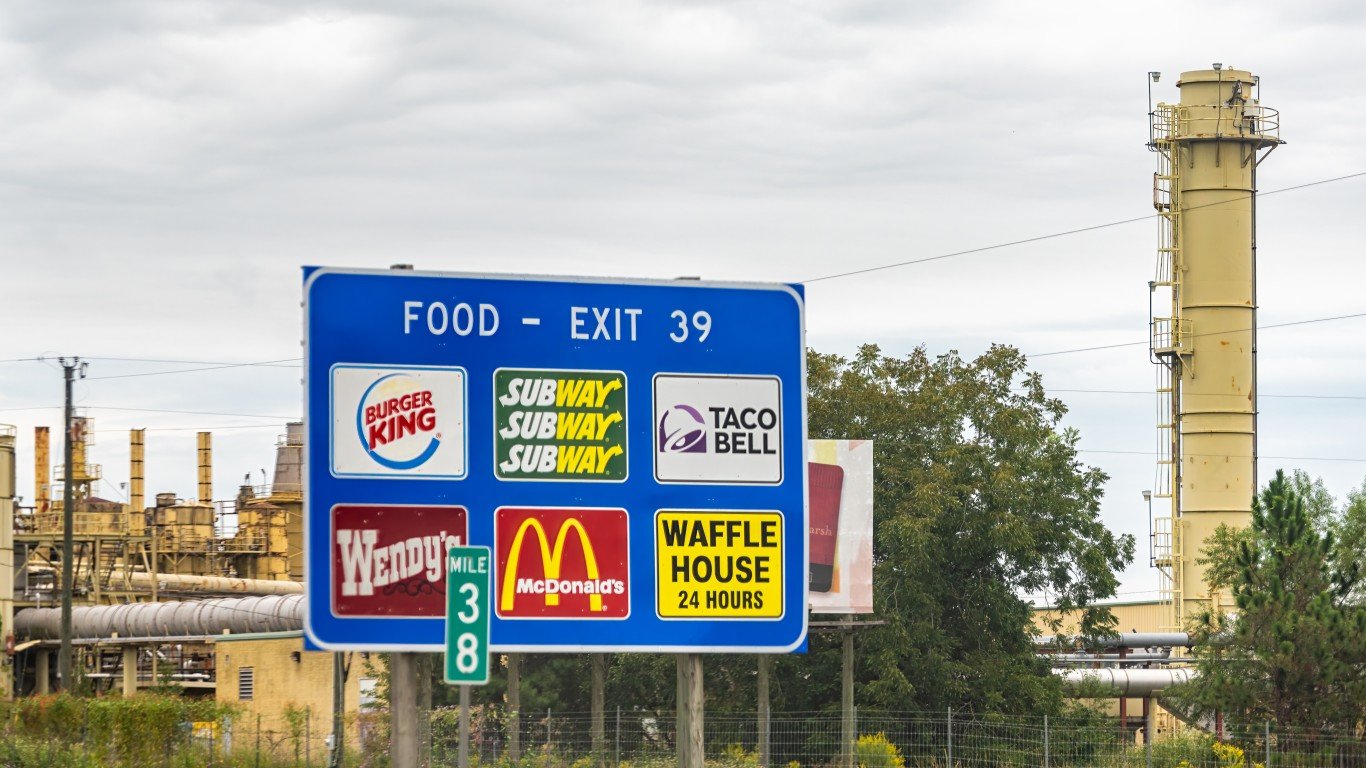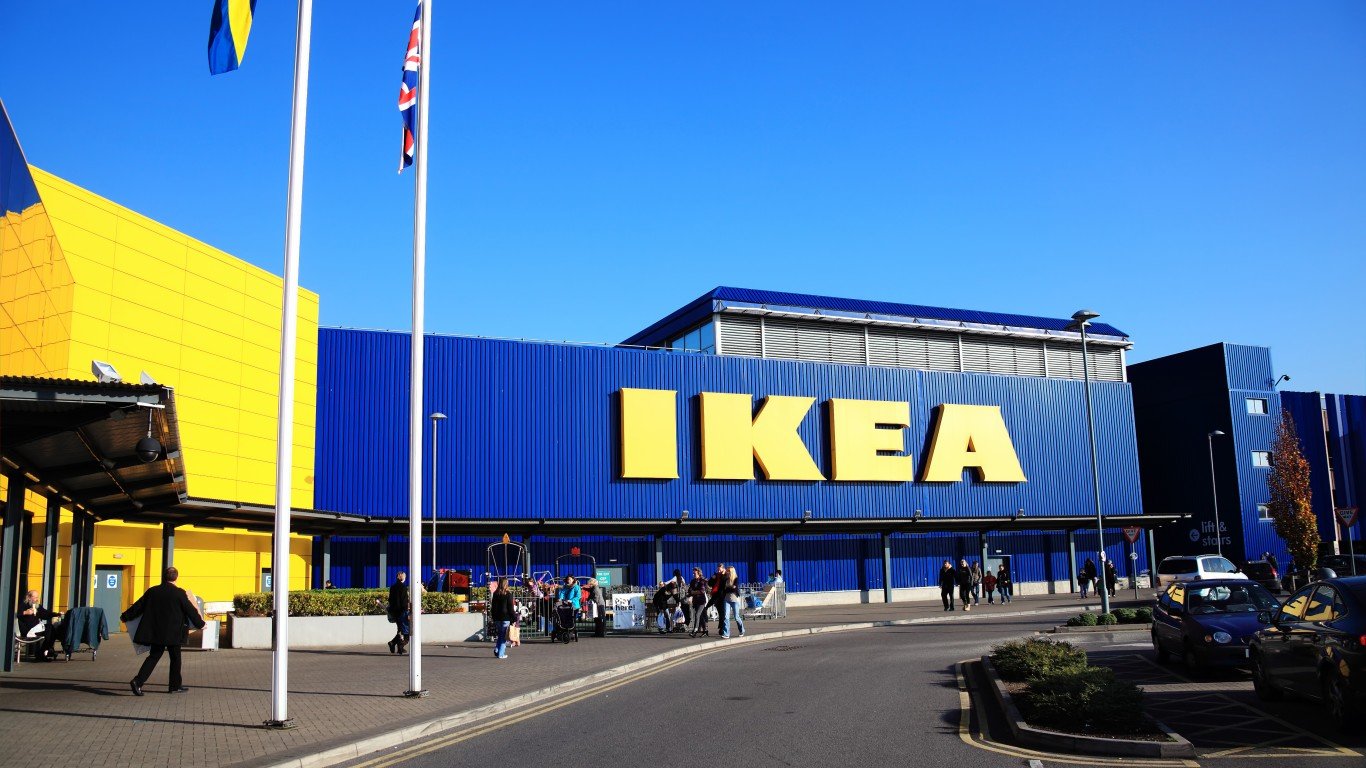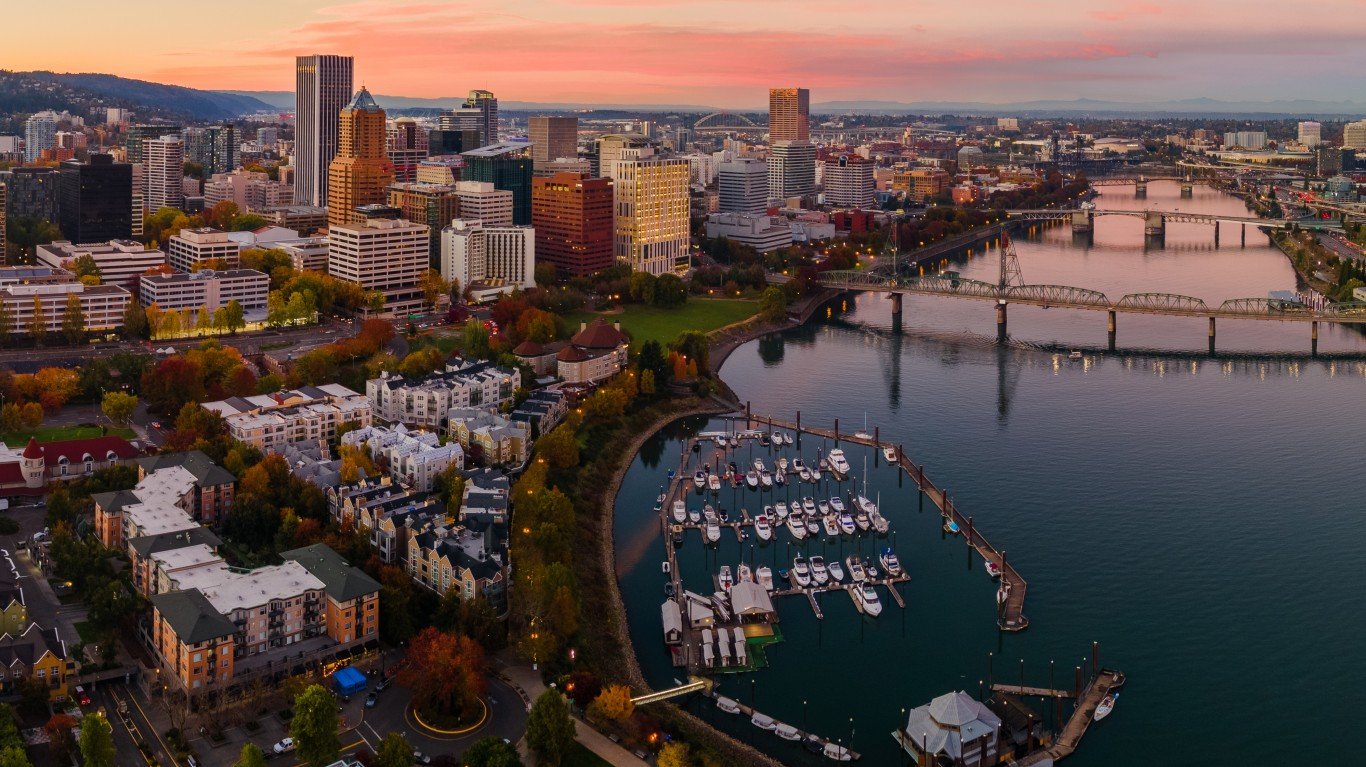

Middle-of-Nowhere, Nevada, has just been admitted to one of the most exclusive clubs in the world. The Massacre Rim Wilderness Study Area has just been named the ninth location in the world to be designated an International Dark Sky Sanctuary.
Massacre Rim is located about 150 miles north of Reno, Nevada, in the Black Rock Desert, home of the Burning Man celebration, one of the best annual events in the country, with its population of tens of thousands for about one week every year. For the rest of the year, it’s really dark at night. Dark enough that visitors can see not only the enormous Milky Way but the neighboring Andromeda galaxy with the naked eye.
The first area in the United States to receive Dark Sky Sanctuary status was a five-location system known as the New Mexico True Dark Skies Trail, earning the designation last October. In January, the Devil’s River State Natural Area in Texas was the second U.S. location to achieve sanctuary status and the sixth internationally to be added to the Dark Sky list. Massacre Rim is the third U.S. location.
According to the International Dark-Sky Association (IDA), a Dark Sky Sanctuary offers an “exceptional or distinguished quality of starry nights and a nocturnal environment that is protected for its scientific, natural, or educational value, its cultural heritage and/or public enjoyment.” Most such areas are far from populated areas, where light pollution blots out many of the features of the night sky (unlike in these cities).
International locations that have been designated as Dark Sky Sanctuaries are New Zealand’s Stewart Island/Rakiura National Park and Aotea/Great Barrier Island, as well as the Gabriela Mistral Dark Sky Sanctuary in Chile.
Norwood, Colorado, was named a Dark Sky Community on March 1 of this year and joins 15 other U.S. communities and six more internationally that have earned that designation.
Dark Sky Sanctuaries and Communities are included among the IDA’s Dark Places program established in 2001. The organization also recognizes Dark Sky Parks, Dark Sky Reserves and Dark Sky Friendly Developments of Distinction that avoided using unnecessary outdoor lighting in public places.
In addition to light pollution’s obstruction of the night sky, it can also disrupt the rhythms and health of animal life and affect humans’ circadian rhythms. According to one source, about one-quarter of the world’s energy is used for lighting, and wasting energy by using too much illumination wastes money and adds unnecessarily to the world’s carbon emissions, which are reaching historically high levels. Some of the consequences are popular attractions that are being destroyed by climate change.
Thank you for reading! Have some feedback for us?
Contact the 24/7 Wall St. editorial team.
 24/7 Wall St.
24/7 Wall St.


